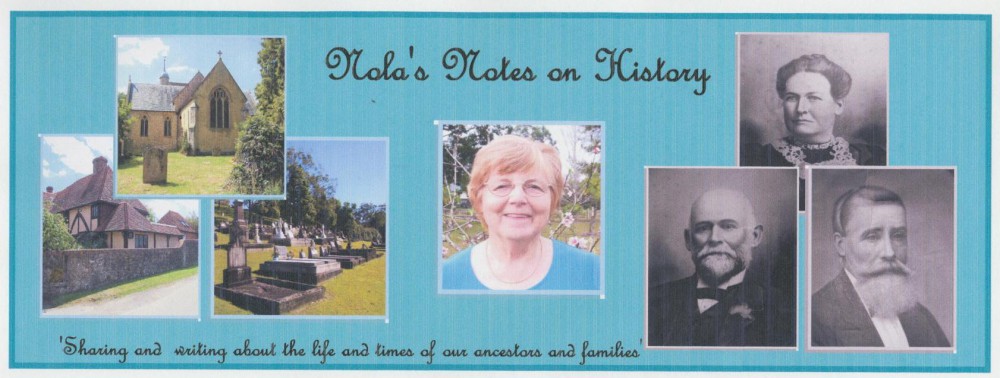Dawn was breaking. The air was cool and the fog rose from the river. The large crowd was silent for the Dismounting of the Guard at the close of the Anzac Dawn Service for the local Returned Soldiers League.
I have attended Dawn Services for many years in tribute to the many family members, who have served in the Australian Defence Forces in many theatres of war, over the last century.
Fifteen years ago my ‘Anzac Day’ experience was very different.
We were traveling in Europe with some forty plus other Australians on a bus tour. We had left Naples earlier in the day and were heading for Florence.
It was late morning and we were all chatting about our recent visit to the incredible Pompeii ruins when someone mentioned they had been talking with family back in Australia, and they were attending an Anzac Dawn Service. A quietness descended, as our thoughts turned to home and the many memorial services taking place there and elsewhere in the world for Anzac Day.
Our tour guide announced that, although our schedule was tight, as a mark of respect, we were taking a short detour to the nearby Commonwealth War Graves Cemetery at Monte Cassino.
The bus pulled up at the gate and we silently filed off. As we passed through the gate we were faced with thousands of white headstones and an imposing memorial.

Monte Cassino – Copyright Nola Mackey-2004
Over seventy-five years ago in September 1943, the Allies invaded the Italian mainland, the invasion coinciding with an armistice made with the Italians, who then re-entered the war on the Allies’ side. Progress through southern Italy was rapid despite stiff resistance, but by the end of October, the Allies were facing the German winter defensive position known as the Gustav Line, which stretched from the river Garigliano in the west to the Sangro in the east.
Initial attempts to breach the western end of the line were unsuccessful.
During the early months of 1944, Cassino saw some of the fiercest fighting of the Italian campaign, the town itself and the dominating Monastery Hill proving the most stubborn obstacles encountered in the advance towards Rome.
After many attempts assisted with much bombing a breakthrough was finally achieved on 18 May and Cassino and the Monte were finally taken.

Monte Cassino-Copyright Nola Mackey-2004
A summary of the battle for Monte Cassino can be found here-
http://www.bbc.co.uk/history/worldwars/wwtwo/ff6_cassino.shtml
The majority of those buried in this war cemetery died in the battles during these months. There are now 4,266 Commonwealth servicemen of the Second World War buried or commemorated at Cassino War Cemetery.
It lies about 140 kilometres south-east of Rome near Cassino, right at the foot of the Monte.
Although no Australian troops are buried here there are some 2347 from the United Kingdom, 1435 from India, 193 from Canada, 55 from New Zealand and 13 from South Africa.
Within the cemetery stands the CASSINO MEMORIAL which commemorates over 4,000 Commonwealth servicemen who took part in the Italian campaign and whose graves are not known.
The Memorial was designed by Louis de Soissons and unveiled by Field Marshal The Rt. Hon. The Earl Alexander of Tunis on 30 September 1956.
Further information can be found here.
From https://www.cwgc.org/find-a-cemetery/cemetery/2005600/cassino-memorial/
Although we held no service and just wandered around the cemetery for over half an hour, we were all completely overawed by the place. Even after we had returned to the bus and resumed our journey, everyone was quiet and hardly spoke a word for over an hour. A very moving experience.

Monte Cassino- Copyright Nola Mackey-2004
Lest We Forget.
